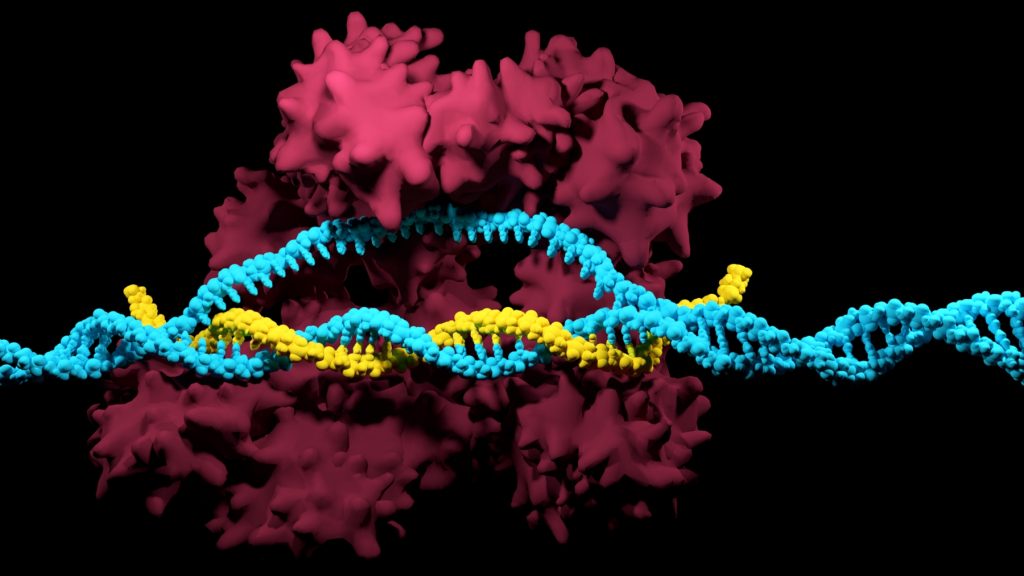
AI-driven protein design company Profluent has created OpenCRISPR-1, the first gene editor that AI models have crafted.
- Gene editing tools enable precise modifications to DNA, boosting certain medical treatments.
- Profluent recognized the opportunity to enhance CRISPR through AI-driven protein design.
- Profluent’s AI analyzed vast biological datasets to generate novel gene editors.
Profluent, an AI-driven protein design company, has revealed OpenCRISPR-1, the world’s first open-source AI-crafted gene editor.
You’ve heard of DNA on TV, right? That’s how they eventually catch the bad guy in cop shows. To put it very simply, it’s a group of proteins that tells your body how to look and what you inherited from your parents.
Gene editing tools allow scientists to make precise changes to the DNA of a living organism, to the very thing that makes us who we are. They can target specific locations. Once located, the scientists either cut the unwanted section out, insert new material, or repair faulty genes. This approach makes treatment more precise and reduces the risk of unintended consequences.
Sounds like science fiction, right? It does, but gene editing treatments have proven how effective they are in treating certain chronic illnesses. Late last year, the United Kingdom (U.K.) approved the first CRISPR-based gene-editing treatment for inherited blood disorders. It managed to make two incurable and distressing blood diseases curable. Also, another gene-editing treatment showed promise in significantly reducing dangerous cholesterol levels.
There are several ways that scientists can go about editing genes, but the most widely used genome editing systems are the CRISPR ones. Profluent figured that it could improve these systems through artificial intelligence (AI). Large Language Models (LLMs) offer a new approach by learning from existing protein diversity and exploring entirely new possibilities.
“[AI] enabled design provides a powerful alternative with potential to bypass evolutionary constraints and generate editors with optimal properties,” their paper explains.
So, the protein design startup used an AI-based computer program that can design genetic editing systems. The AI analyzed vast datasets that comprised biological information, including the massive database of known CRISPR systems called the CRISPR-Cas Atlas. It then generated new gene editing blueprints with extreme precision and efficiency.
The AI models generated 4.8 times the number of protein clusters, which offer potential gene editing functionality, compared to what exists already. One of these blueprints is the OpenCRISPR-1, the world’s first AI-generated and open-source gene editor.
While this gene editor is replicating an already existing protein’s functionalities, the LLMs can potentially design proteins with much more specific and diverse functionalities. The resulting gene editor could have specific properties like size and target preference. They would literally be built for the job.
Profluent has made their new gene editor OpenCRISPR open source so everyone, including individuals, academic labs, and concerned companies, build upon their research.
Inside Telecom provides you with an extensive list of content covering all aspects of the Tech industry. Keep an eye on our Medtech section to stay informed and updated with our daily articles.